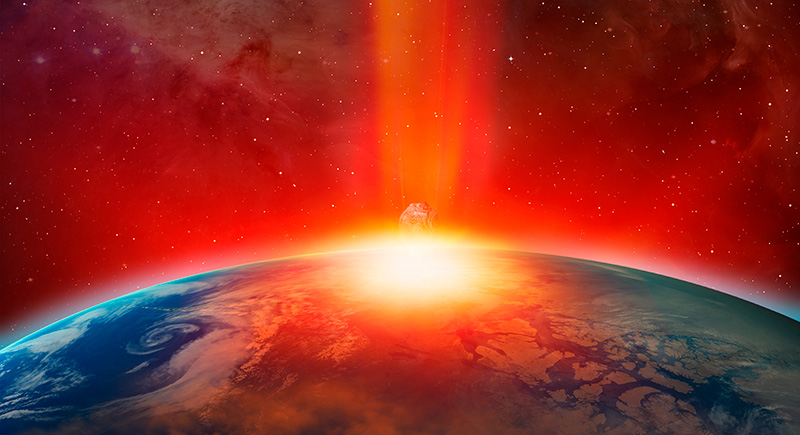Speculation on the destruction of Sodom

In the Biblical story of the destruction of the cities of Sodom and Gomorrah, the towns are destroyed by “fire and sulphur” from heaven. Did it really happen? The most recent scientific evidence is that it probably did, in 1680 BC.
A long article in Nature (2021) by a large collaboration of scientists describes decades-long archeological studies at the largest city ruins in the Jordan Valley, to be found just north of the Dead Sea. The authors of the paper avoid calling the ruins “Sodom”, but the coincidences are very great, and I think the city was indeed Sodom. This snippet describes the results and further explains some features not covered in the paper.
The archeologists found pottery with melt-marks on one side, just as occurred at Hiroshima when the atomic bomb was first used on a city, and temperatures reached 6000oC, the same as the surface of the sun. One needs temperatures of a few thousand degrees to do that, and technology has only provided the means to do it in the last few centuries.
So how could this have happened in 1680BC? Archeologists have concluded that the most likely way is by a “bolide” – an air explosion of a meteor.
Temperatures like this have lots of other effects. For thousands of years the south end of the Dead Sea has been known to have deposits of bitumen, and Egyptians came to collect it to use in preserving the flesh of mummies.
Surface deposits like these would be vaporised by a bolide, along with any organic material from cities. It would be like “smoke from a furnace” – the description given in the Biblical account, or like the column of debris and smoke from the Hiroshima explosion.
Bitumen from the valley of the Dead Sea has one other rather exceptional property – it has very high levels of sulphur, reaching as high as 10%. That would be vaporised to atoms as well.
At temperatures such as these – in the thousands of degrees – all compounds are broken down to individual atoms. But as the column of smoke rises it cools, and the atoms recombine to form compounds again. Carbon forms carbon dioxide. Sulphur forms sulphur dioxide. People know this compound as a “sulphur smell” from the burning of sulphur (but sometimes confuse it with hydrogen sulphide, which is formed at room temperature.)
At Hiroshima the fumes condensed and descended in the form of black rain with a sulphur smell. At Sodom fire and sulphur would indeed have “rain(ed) from heaven” as a result of the fiery explosion of a bolide.
The destruction at this site – believed to be Sodom, was radiocarbon dated at 1680 BC. This is causing difficulties in harmonising biblical dates with those from Egyptian chronologies, so we should leave the experts to their studies for a few decades.
Science cannot say precisely whether a bolide caused the destruction of the Biblical cities of Sodom and Gomorrah, but it looks remarkably likely.